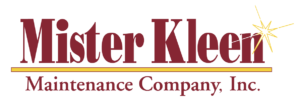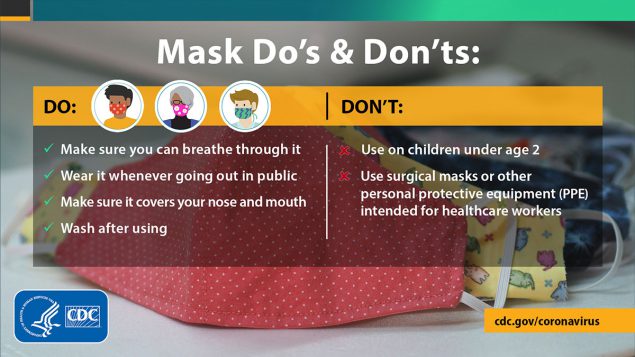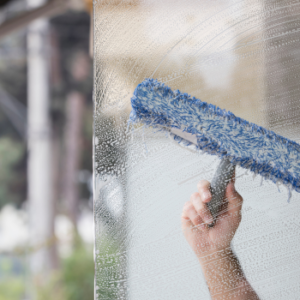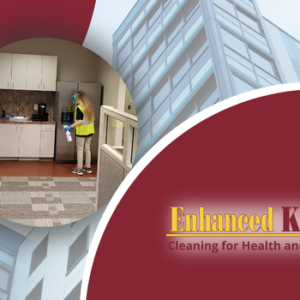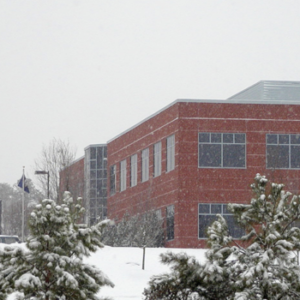When the number of new COVID-19 cases in the United States declined last week, health experts noted that more Americans wearing masks contributed to the drop. Here at Mister Kleen, our employees comply with CDC recommendations and Virginia’s new workplace safety requirements on wearing face masks in our office and in clients’ facilities. We continue to monitor guidance on COVID-19 safety precautions, including the use of face coverings in public and in the workplace. Below we’ve compiled some of the latest information – but first, we’ll start at the beginning.
THE HISTORY OF MASKS FOR HEALTH
In the current pandemic, everything we’re learning about COVID-19 seems new – including the concept of face masks reducing the spread of disease. The medical profession started using masks in the late 1800s when European surgeons donned them in the operating rooms to protect their patients.
In 1910, Dr. Wu Lien Teh wrapped layers of gauze and cloth to protect health workers and grave diggers from catching the pneumonic plague in northeastern China. The practice gained international attention when a prominent French doctor who came to help declined to wear a face covering and soon died of the plague. By 1918, when the influenza pandemic hit the United States, West Coast states mandated the use of masks and “slackers” faced arrest and imprisonment.
TODAY’S POLICIES
To help slow the spread of COVID-19, the CDC recommends wearing non-medical masks in public settings and when around people who don’t live with you. The exceptions are for children under the age of 2 or anyone who has trouble breathing. The CDC bases its recommendations on scientific evidence listed in studies on its website.
Some recent news reports also support the recommendation:
WHAT MASK IS BEST
The general public is being asked to reserve surgical masks and respirators for health care workers and first responders. You should also avoid masks with one-way valves or vents since the CDC says those types can allow respiratory droplets to reach others through the holes. The CDC also offers a video showing you how to make your own mask.
If you’re purchasing a mask, you might want to know which kinds are the most effective. Duke University researchers found that multi-layer cotton and polypropylene masks worked almost as well as surgical and N95 masks. The study found that some coverings actually were not effective or even worse than not wearing a mask at all. A double layer bandana was found to block only half of a speaker’s respiratory droplets, while a fleece gaiter made the particles smaller – increasing the risk of transmission.
Of course, masks aren’t effective if you’re not using them properly. The CDC’s recommendations include making sure the mask covers your mouth and nose, not touching the mask while it’s on your face, removing them correctly, and cleaning them properly.
HOW TO CLEAN YOUR MASK
You can use wash your cloth mask with your regular laundry in the warmest appropriate water setting, or washing by hand using a bleach product suitable for disinfection. To dry, you can use the highest heat setting on your dryer or air dry, preferably in direct sunlight. Visit the CDC site for more details.
For health care or front line workers who have been asked to reuse your N95 masks, new research indicates you can sanitize them in a rice cooker or instant pot. A recent study out of the University of Illinois, Urbana-Champaign, found that using a dry heat method that keep the temperature at a minimum of 212 degrees Fahrenheit for 50 minutes.
FACE MASK ACCESSORIES
Wearing face masks is going to be required for the foreseeable future, and creative entrepreneurs have found ways to make life easier with accessories. These include:
MISTER KLEEN MASKS
Mister Kleen provides the appropriate PPE, including face masks, for the level of cleaning services that our employees perform on our job sites. If you’d like to learn more about the cloth masks we provide to our own employees, please click here to email COO Tony Simon.

